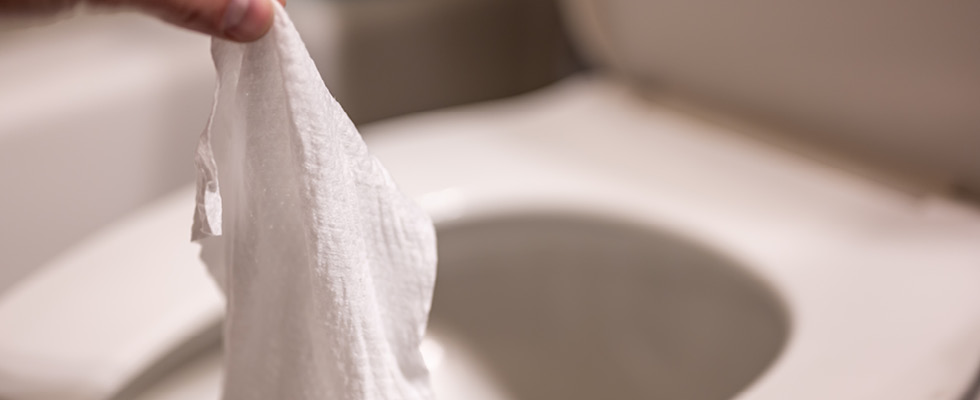
The modern wastewater stream presents significant challenges for utilities and operators of wastewater systems. Ragging and stringy materials combined with fats, oils and greases (FOGs) will continue to plague pumping systems for the foreseeable future. Water-saving measures and regulations such as low-flow toilets and shower heads have reduced the amount of fluid available within pumping systems. Cleaning wipes and rags that are flushed down toilets have introduced new materials. FOGs have continued to traditionally be washed down drains. When these factors are combined, a phenomenon is produced that absolutely must be addressed by utilities and operators. State-of-the-art pumping systems and best practices attempt to solve the dilemma of the modern wastewater stream.
Fibrous materials that do not fully degrade or break down in the wastewater stream are generated by consumer products that continue to be flushed. Manufacturers advertise these products as “flushable” or “non-flushable,” but these terms can be misleading, and the consumer typically does not realize which products actually are safe or unsafe to flush. Cleaning products such as wipes, cloths, tissues and synthetics continue to be flushed into the wastewater stream, where they break down into stringy materials.

Fibrous stringy materials also act as filtration objects and catch organic materials such as FOGs. These FOGs increase the surface tension of the fibers, which leads to accumulation. Combined with the decreased fluid volume, stringy materials now constitute a larger portion of the modern wastewater stream.
Traditional impeller-type pumps are challenged as fibrous stringy materials may collect on leading edges. When pump operation leads to lower flow rates, resulting in suction recirculation, fibrous materials may aggregate into longer, rope-like consistencies. Clogging by fibrous materials is independent of spherical size. The rope-like materials then fold over both sides of the impeller to become trapped and will form and gather at the impeller eye. Once the accumulation grows large enough to contact the casing or volute, drag is created, which lowers the efficiency of the pump and may lead to overloading conditions as the clog increases. Clogging may also impact bearing life as clogs generate radial imbalances. Eventually a clog will stop pump operation altogether.
Over time, pump manufacturers have developed different technologies to handle the modern wastewater stream. Solids-handling pumps typically employ multiple impeller types such as vortex impellers or impellers with grooved suction covers. These pumps work to pass the solids through their pumping action. Solids-handling pumps are typically found in wet well collection systems.
Chopper pumps reduce solids to smaller pieces using impeller and suction covers designed to produce a cutting action. Choppers typically employ robust designs for use in larger applications where heavier and harder solids are an issue, such as institutional use at hospitals and prisons. Grinders macerate solids into a fine particulate slurry with cutting and grinding mechanisms before suction ports. Grinders are commonly found in residential use and pressure sewer systems, but several manufacturers are now offering larger horsepower grinders that are making their way into higher flow commercial and municipal applications.
Overall, the best solution depends on when and where the operator chooses to deal with fibrous materials, whether at the collection wet well, point source pressure sewer or downstream at the wastewater treatment facility.
Submersible Solutions is produced by the Submersible Wastewater Pump Association to inform and educate in the design and operation of submersible wastewater pumping systems. For more information, visit pumpsandsystems.com/swpa.

